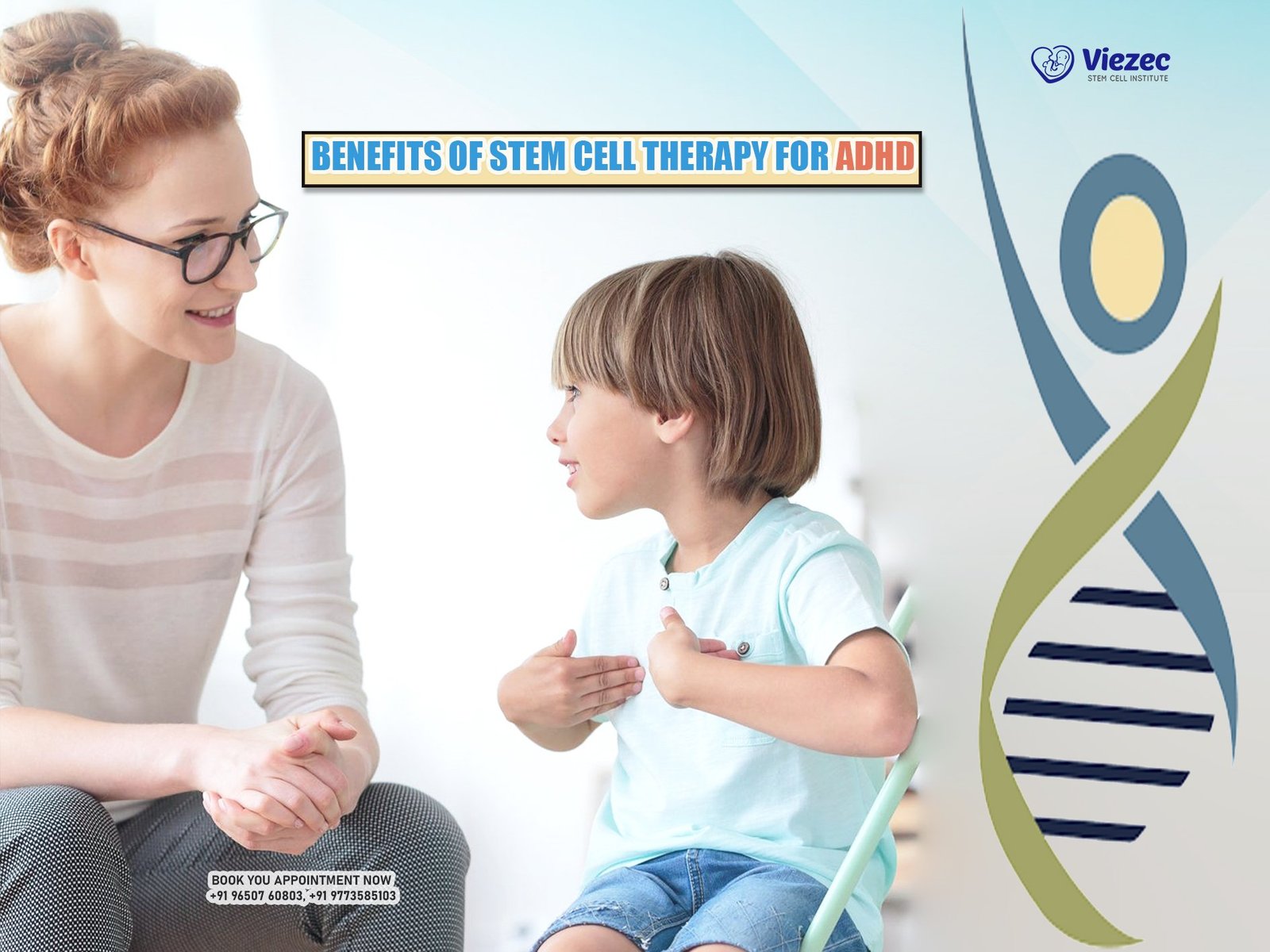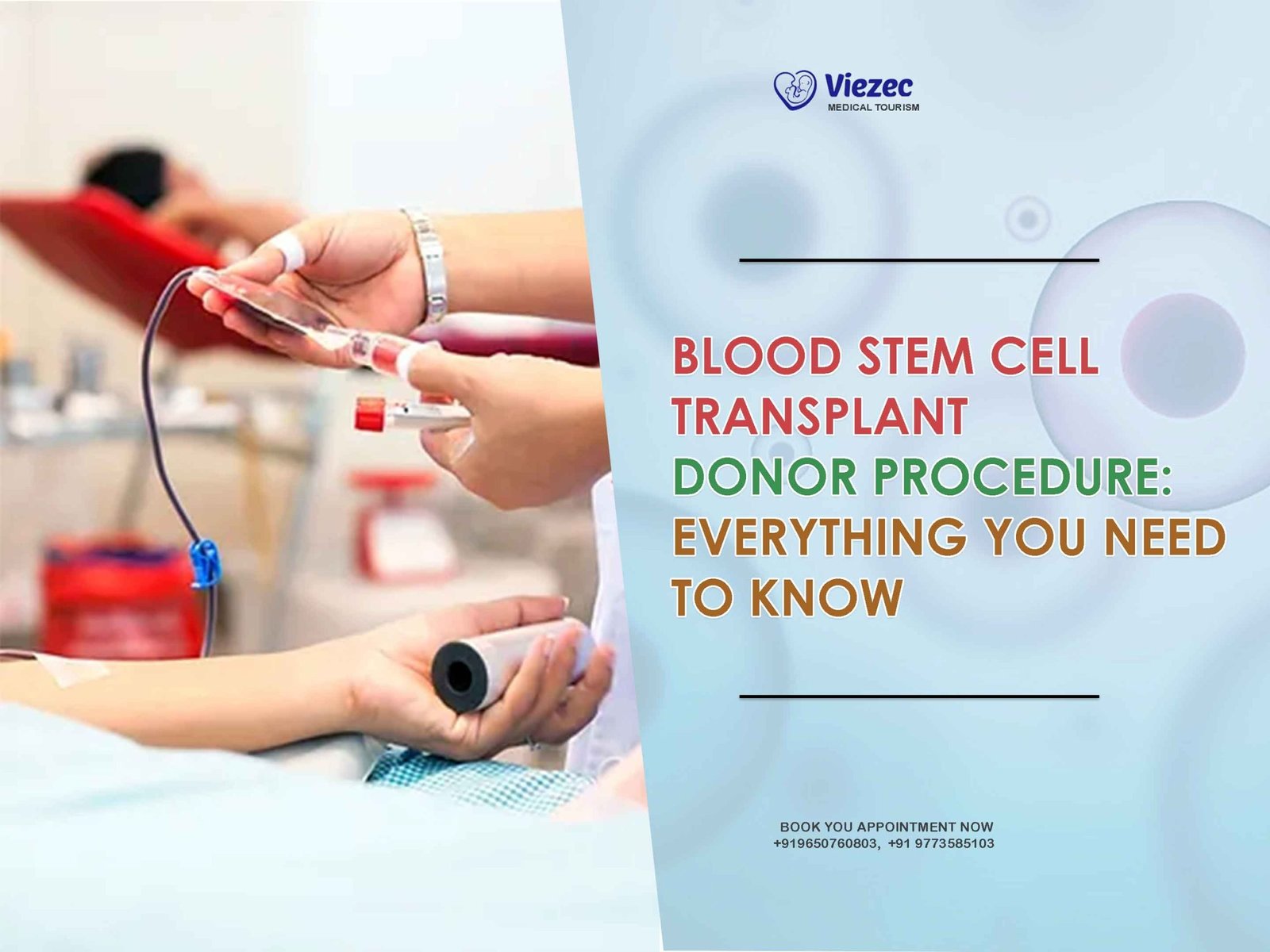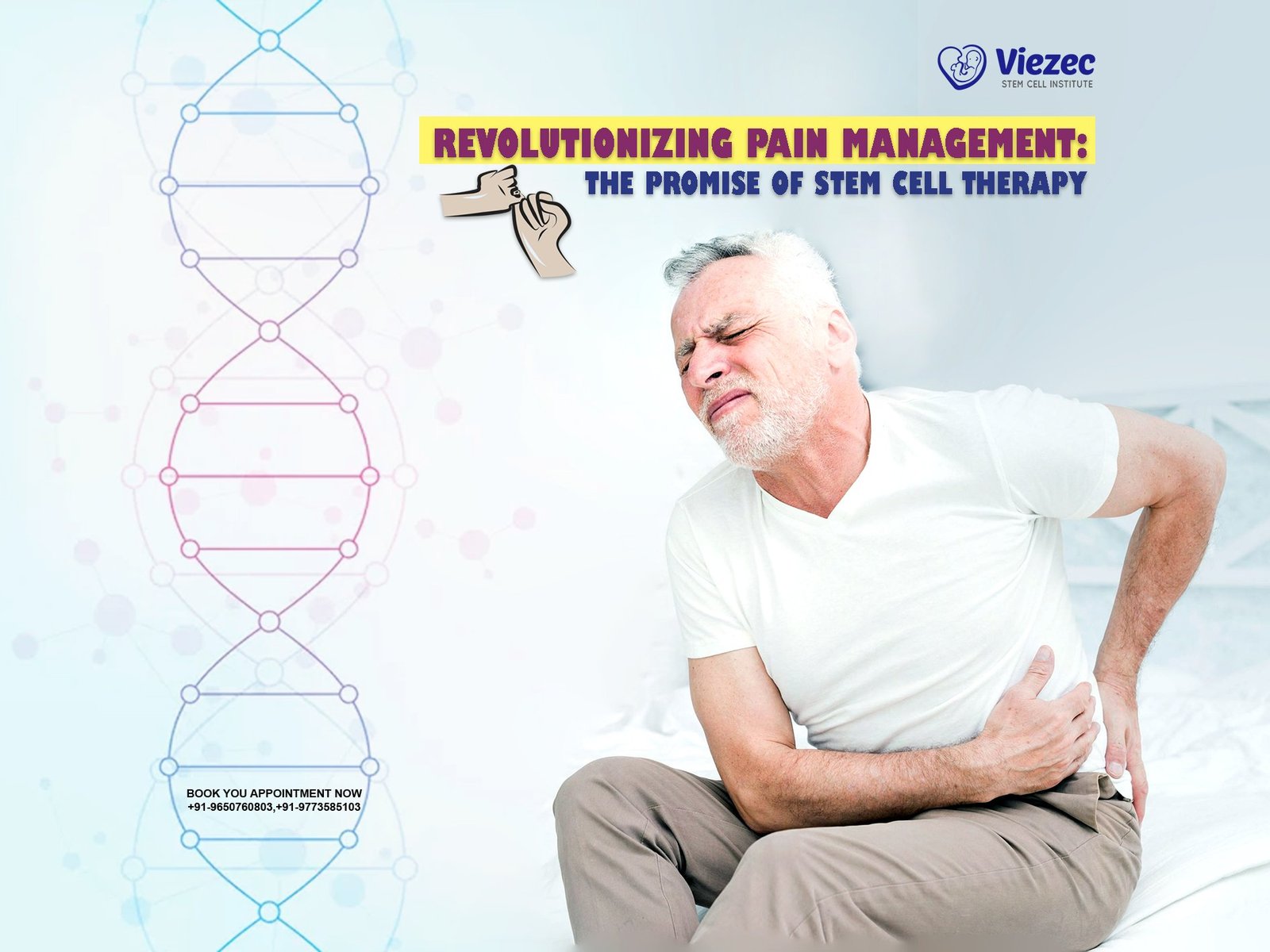Stem cell therapy has sprinted from the edges of biomedical speculation to the heart of mainstream medicine in barely a generation. Once confined to intimidating Petri-dish experiments and heated ethics debates, living stem cells are now being injected, infused, or surgically implanted every day in leading hospitals, research universities, and specialist clinics on every continent. For many patients, the promise is nothing short of revolutionary: instead of simply masking symptoms or replacing parts, stem cells aim to coax the body to repair itself. That shift—from palliation to regeneration—explains the therapy’s meteoric rise in public interest. Medical professionals, regulators, insurers, and, most importantly, discerning patients demand solid reasons before embracing any novel technology. Equally important, sophisticated cell processing, stringent safety protocols, and an expanding body of peer-reviewed evidence have moved the conversation from “Is it safe?” to “How soon can it help me?” Public opinion has also evolved; surveys by the International Society for Stem Cell Research show a steady climb in consumer confidence as transparency and ethical oversight improve. Clinicians now spend less time dispelling myths and more time discussing personalized protocols, payment plans, and aftercare. In short, the conversation has shifted from “Should we?” to “How soon can we start?”
A Paradigm Shift in Regenerative Medicine
Stem cell therapy represents a genuine paradigm shift because it treats degeneration as a reversible process rather than an inevitable decline. Where traditional medicine often swaps damaged parts with mechanical or donor substitutes, stem cells focus on awakening the body’s dormant repair programs. Mesenchymal stromal cells, for example, release growth factors that orchestrate new cartilage, bone, or neural tissue formation. Instead of a knee replacement that may wear out in fifteen years, patients can regain their original anatomy. This redefinition—from replacement to regeneration—explains why clinicians see stem cells as the next evolutionary leap in therapeutic strategy.
Robust Scientific Validation Underpins Trust
Skeptics often ask, “Where is the proof?” Today the answer comes from hundreds of randomized or controlled studies published in reputable journals such as The Lancet, Nature Medicine, and JAMA. These trials document statistically significant improvements in osteoarthritis pain scores, ejection fractions after heart attacks, and motor function in spinal cord injury patients. Just as important, meta-analyses aggregate small studies into high-powered evidence that withstands peer review. Regulatory bodies now require Good Manufacturing Practice (GMP)–certified cell processing, ensuring potency and purity. Together, rigorous science and standardized quality controls transform stem cell therapy from experimental hype into evidence-based medicine.
Harnessing the Body’s Natural Healing Intelligence
Unlike drugs that flood the bloodstream with synthetic chemicals, stem cell therapy uses the body’s own healing intelligence. Autologous cells drawn from bone marrow or fat are reintroduced precisely where damage exists, performing three synergistic roles:
-
Signal nearby cells to calm inflammation.
-
Recruit immune and progenitor cells to repair tissue.
-
Replace irreversibly lost cells by differentiating into new ones.
Because the agent is biologically familiar, allergy or toxicity risk is minimal. Patients often recuperate faster and need fewer painkillers, reinforcing confidence in this body-aligned strategy.
Precision-Tailored Treatments for Every Patient
Stem cell therapy thrives on personalization. Before any needle reaches a joint or vein, clinicians map out variables such as age, BMI, disease severity, and lifestyle demands. The resulting protocol can differ in three critical dimensions:
1) Cell source—bone marrow, adipose tissue, or perinatal products;
2) Delivery method—ultrasound-guided injection, intravenous infusion, or surgical scaffold;
3) Dosage schedule—single bolus versus staged boosters.
By fine-tuning these levers, doctors maximize regenerative potential while respecting each patient’s biology and goals. Customization moves the therapy away from cookbook medicine and toward precision care, an evolution patients understandably trust.
Minimally Invasive Procedures, Maximum Comfort
Most stem cell procedures are performed as outpatient interventions under local anesthesia, with ultrasound or fluoroscopic guidance ensuring pinpoint accuracy. A typical knee injection, for instance, takes under sixty minutes door to door. There are no long surgical incisions, no general anesthetic hangovers, and no extended hospital stays. Post-visit instructions often mirror those after a flu shot—ice, rest, and gradual return to activity. For patients balancing jobs, families, or athletic careers, this low-disruption experience is more than convenient; it signals that their therapy values comfort as much as clinical efficacy.
Cross-Disciplinary Success Stories Multiply Confidence
Trust amplifies when positive results appear across unrelated specialties. Orthopedic surgeons now cite MRI evidence of cartilage thickening after mesenchymal cell injections, cardiologists report improved ejection fractions in post-infarct hearts, and dermatologists leverage stem cells to accelerate closure of chronic ulcers. This cross-disciplinary efficacy creates a snowball effect: the more arenas in which stem cells excel, the harder it becomes to dismiss them as niche. For patients searching online or speaking with multiple specialists, the consistency of good outcomes reinforces the perception that stem cell therapy is a dependable, broadly applicable tool.
Sustainable Relief for Chronic, Degenerative Diseases
Chronic diseases such as osteoarthritis, COPD, or degenerative disc disease erode quality of life by demanding endless cycles of medication and periodic surgery. Stem cell therapy interrupts that exhausting loop. By slowing—sometimes reversing—the underlying tissue breakdown, it can convert a progressive condition into a manageable one. Patients frequently report lower pain scores for months or years, longer walking distances, and decreased reliance on anti-inflammatory drugs. Importantly, gains tend to accumulate rather than fade, creating a compounding effect that justifies the initial investment and fosters loyalty to the regenerative model.
Institutional Endorsements and Regulatory Momentum
Reputable institutions shape public perception. When organizations like Mayo Clinic, Stanford Medicine, and India’s All India Institute of Medical Sciences publish encouraging data or launch accredited stem cell programs, potential patients pay attention. Meanwhile, regulatory agencies have progressed from blanket warnings to nuanced frameworks that license specific indications under accelerated pathways. The U.S. FDA’s Regenerative Medicine Advanced Therapy (RMAT) designation, for instance, fast-tracks promising cell products while mandating stringent oversight. Such balanced endorsement—enthusiastic yet disciplined—sends a clear message: stem cell therapy is maturing into a mainstream, responsibly governed option.
Safety Strengthened by Autologous Cell Use
Safety concerns often evaporate once patients learn that their own cells can be the therapeutic agent. Autologous harvesting avoids donor-recipient mismatches, minimizes infection risk, and eliminates the need for immunosuppressive drugs. Modern clinics process these cells in closed, sterile systems compliant with GMP, yielding concentrates free of contaminants. Moreover, because extraction sites—usually pelvic bone marrow or abdominal fat—heal quickly, the overall procedure burden remains low. The marriage of biological familiarity and laboratory sterility reassures even risk-averse individuals, giving stem cell therapy a safety profile comparable to commonplace outpatient injections.
Longevity of Benefits Adds Tangible Value
Value in medicine isn’t just about upfront cost; it’s about durability of results. A joint injection that delays knee replacement by five years can save a patient multiple hospitalizations and rehabilitation cycles. Longitudinal studies show that a single dose of mesenchymal cells can maintain pain reduction and functional gains for two to seven years, depending on the pathology. Factor in fewer sick days and medications, and stem cell therapy often emerges as the more economical choice over the long haul, reinforcing its reputation as both effective and financially sensible.
Real-World Testimonials and Quality-of-Life Gains
Peer-reviewed science convinces physicians, but real-world narratives sway hearts and minds. Former professional athletes share recovery timelines on podcasts; grandparents post videos of walking unassisted after years of cane dependence. While anecdotes are not data, the volume and consistency of these stories create a parallel evidence stream that prospective patients find relatable. Common themes include faster return to sports, cancellation of scheduled surgeries, and renewed energy for everyday activities. Such tangible, deeply personal successes transform abstract trust into confident decision-making at the individual level.
Relentless Innovation Secures a Bright Future
Stem cell science is dynamic, not static. Researchers are developing exosome-rich preparations that deliver regenerative signals without whole cells, CRISPR-enhanced stem lines that correct genetic errors, and bioprinted scaffolds seeded with cells to recreate complex organs. Collaborative international trials test combination therapies, pairing cells with platelet-rich plasma, growth-factor hydrogels, or low-level lasers. Every incremental advance feeds back into clinical protocols, raising efficacy ceilings and lowering costs. Patients and clinicians therefore view stem cell therapy as a future-proof investment whose benefits are likely to grow with each scientific milestone.











